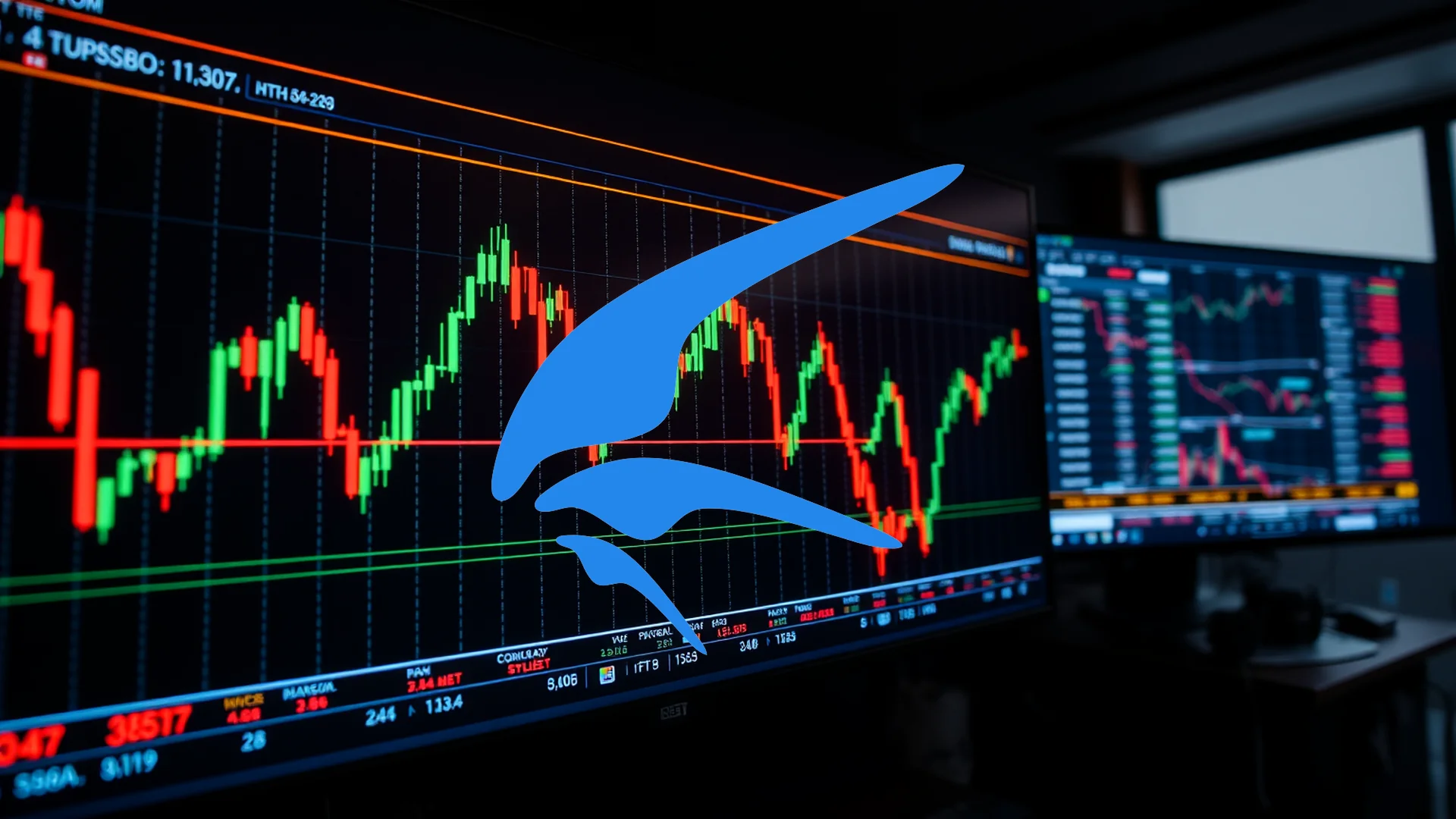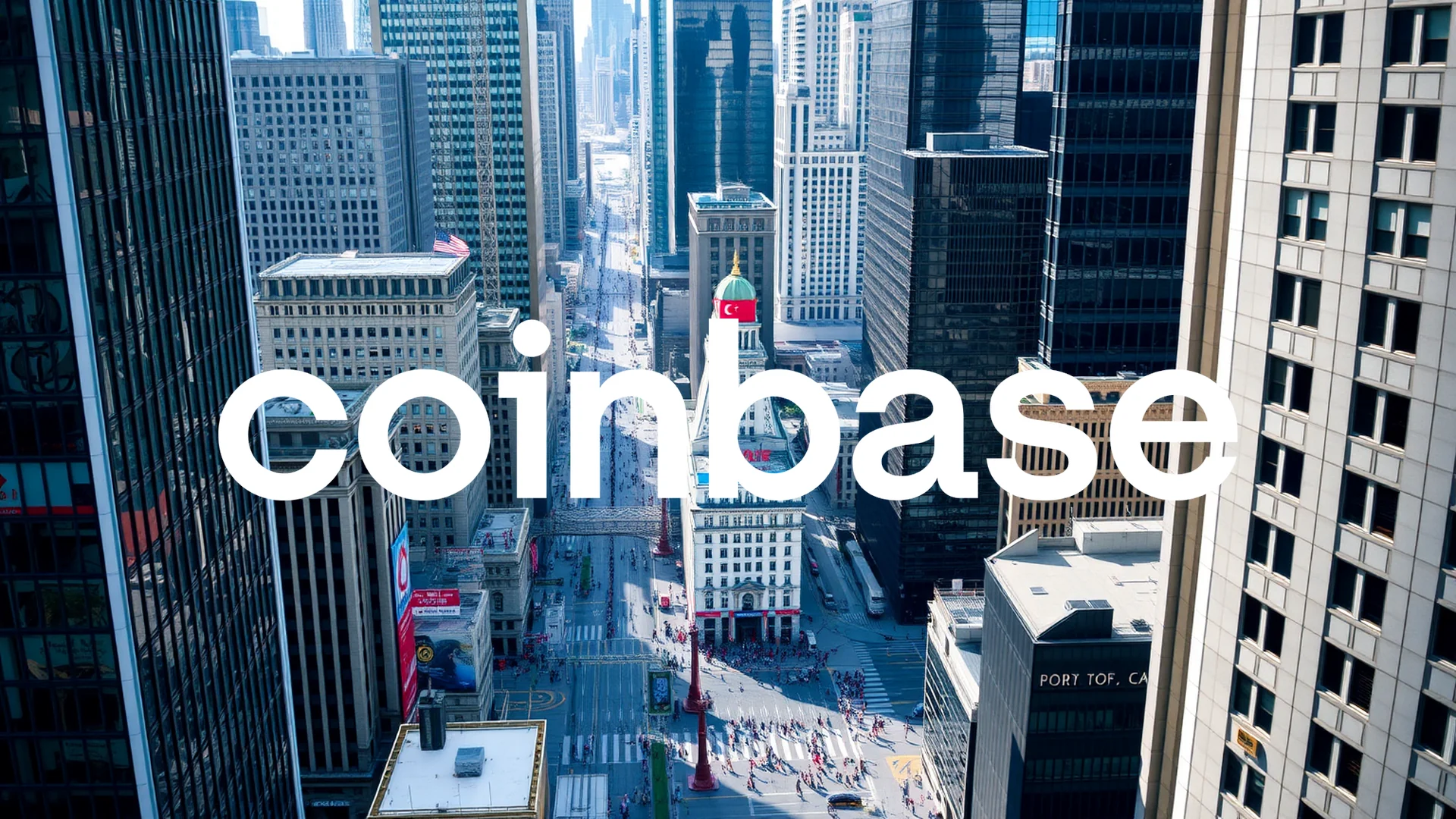The worldwide construction steel sector is experiencing significant regional fragmentation, with distinct supply and demand dynamics creating vastly different market conditions across Asia and Europe. Asian markets are grappling with oversupply issues, while European producers navigate a complex landscape of weak demand and stricter trade regulations.
Asian Oversupply Exerts Downward Pressure
China’s construction steel sector continues to face headwinds from tepid spot demand. Daily trading volumes for key products including rebar, wire rod, and bar-in-coil declined by 4% in August compared to July figures. Despite this demand weakness, production levels remain elevated, with weekly output reaching 2.2 million tonnes by late August—marking a substantial increase year-over-year.
This production-demand mismatch has resulted in mounting inventory pressures. Mill inventories have climbed to 1.7 million tonnes, while trader stockpiles across 35 major cities have reached 4.5 million tonnes. Current steel prices in China have held steady at 3,058 CNY per tonne, though they have declined 5.47% over the past month. Despite this recent drop, prices remain 3.52% higher than levels seen during the same period last year.
Meanwhile, Vietnam’s construction materials sector has experienced price increases of 12-15% since the beginning of the year. This surge has driven project input costs approximately 15-20% above original budget estimates.
European Market Presents Mixed Signals
European construction steel markets are sending conflicting signals, with price movements varying significantly by region. In Poland, rebar prices continued their descent through late August, settling at 2,400-2,430 zloty per tonne—slightly below the previous week’s levels. Local producers have responded by announcing production cuts for September in an effort to stem further price erosion.
Germany’s construction steel prices are similarly trending downward, with buyers currently paying 645-655 euros per tonne delivered. This represents a notable decline from the previous month, when average spot prices stood at approximately 690 euros per tonne.
Should investors sell immediately? Or is it worth buying Baustahl Markt?
However, some countervailing forces have emerged. Several long product manufacturers implemented price increases of 30 euros per tonne in early September, citing rising production costs—particularly higher energy expenses. German electricity prices jumped 40% to 90 euros per megawatt-hour in July.
Italy’s rebar market has witnessed several months of consecutive price declines, with current values ranging between 515-525 euros per tonne ex-works. Overall, Europe’s long products market continues to demonstrate noticeable demand weakness.
EU Tightens Trade Protection Measures
The European Union has further strengthened its steel safeguard mechanisms, implementing more restrictive import regulations. The liberalization rate has been reduced from 1% to just 0.1%, while the “carry-over” mechanism—which previously allowed countries to transfer unused quotas into subsequent quarters—has been completely eliminated.
These changes follow the European Commission’s launch of a targeted consultation in July aimed at identifying future protective measures for the EU steel sector. A strategic dialogue on steel has already highlighted the critical challenges facing the industry.
Turkish Market Feels Currency Pressure
Turkey’s construction steel market is experiencing unique pressures from currency fluctuations. While rebar spot prices remained stable when measured in lira terms, they showed slight declines when converted to US dollars. In some regions, sluggish demand pushed spot prices down by 100 TRY per tonne. Current prices for 12-mm rebar are ranging between 26,200-27,000 TRY per tonne ex-warehouse.
Official rebar offers have declined at the lower end of the spectrum, dropping by $5 per tonne to $535-555 per tonne ex-works. The persistent volatility in currency values continues to present additional challenges for Turkey’s construction steel sector, creating uncertainty for both producers and buyers.
Ad
Baustahl Markt Stock: Buy or Sell?! New Baustahl Markt Analysis from December 10 delivers the answer:
The latest Baustahl Markt figures speak for themselves: Urgent action needed for Baustahl Markt investors. Is it worth buying or should you sell? Find out what to do now in the current free analysis from December 10.
Baustahl Markt: Buy or sell? Read more here...












